Kellogg's Modern Workplace: Leadership and Management Analysis
VerifiedAdded on 2023/01/19
|10
|458
|66
Report
AI Summary
This report analyzes the modern workplace practices of the Kellogg Company, focusing on leadership, employee motivation, and work environment. The report begins with an introduction to the importance of a flexible and supportive work environment, highlighting its impact on employee productivity and retention. It then provides a background on Kellogg's, detailing its history and core business. The core of the report examines leadership and management behaviors, specifically referencing Taylor's theories on motivation and the use of monetary rewards. It also explores group and team behavior, emphasizing the importance of collaboration and employee motivation. The report uses Maslow's hierarchy of needs to explain employee motivation. The conclusion summarizes the benefits of a positive work culture, including improved performance and reduced operational costs. The report references scholarly articles to support its findings.
1 out of 10
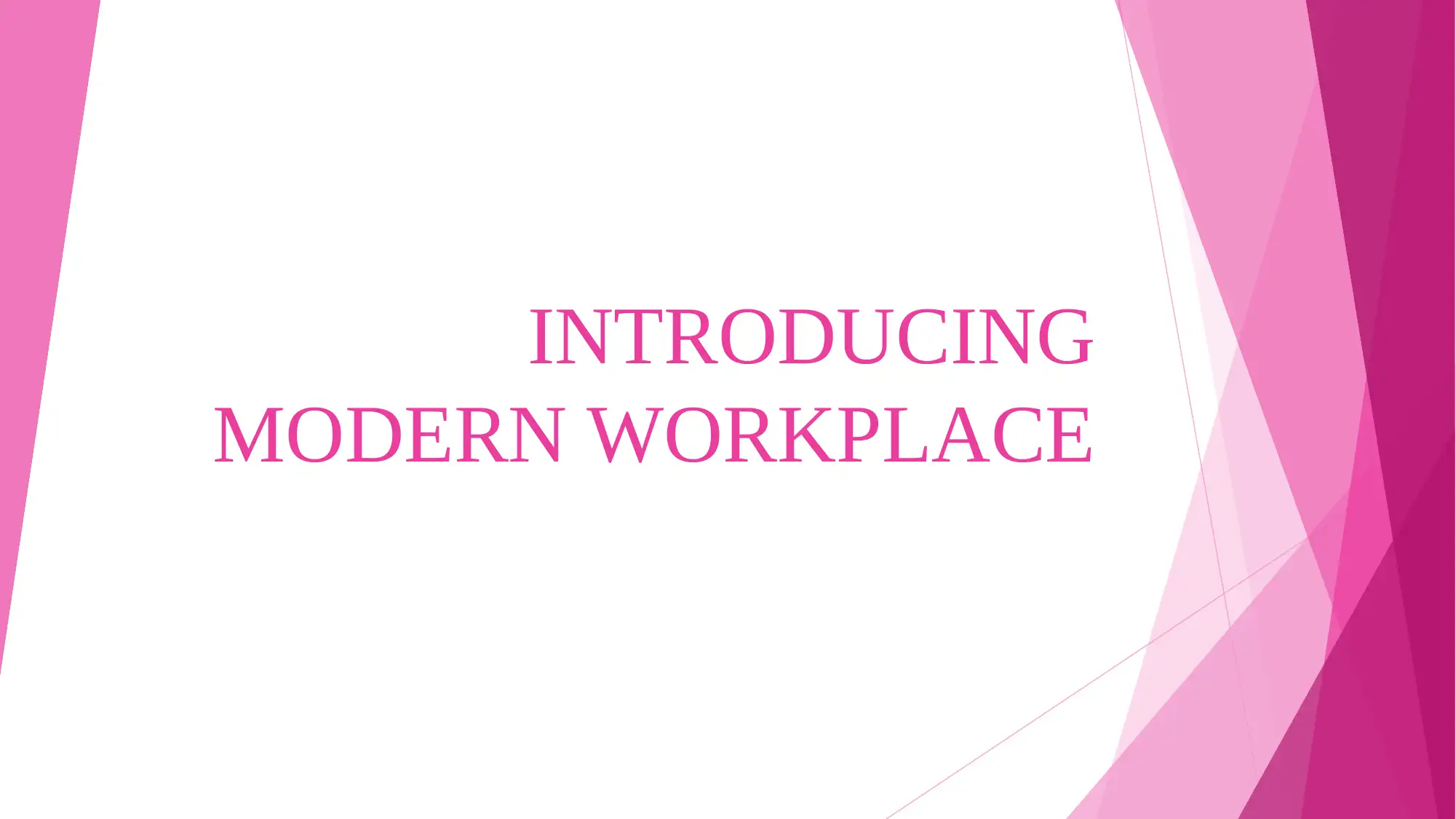
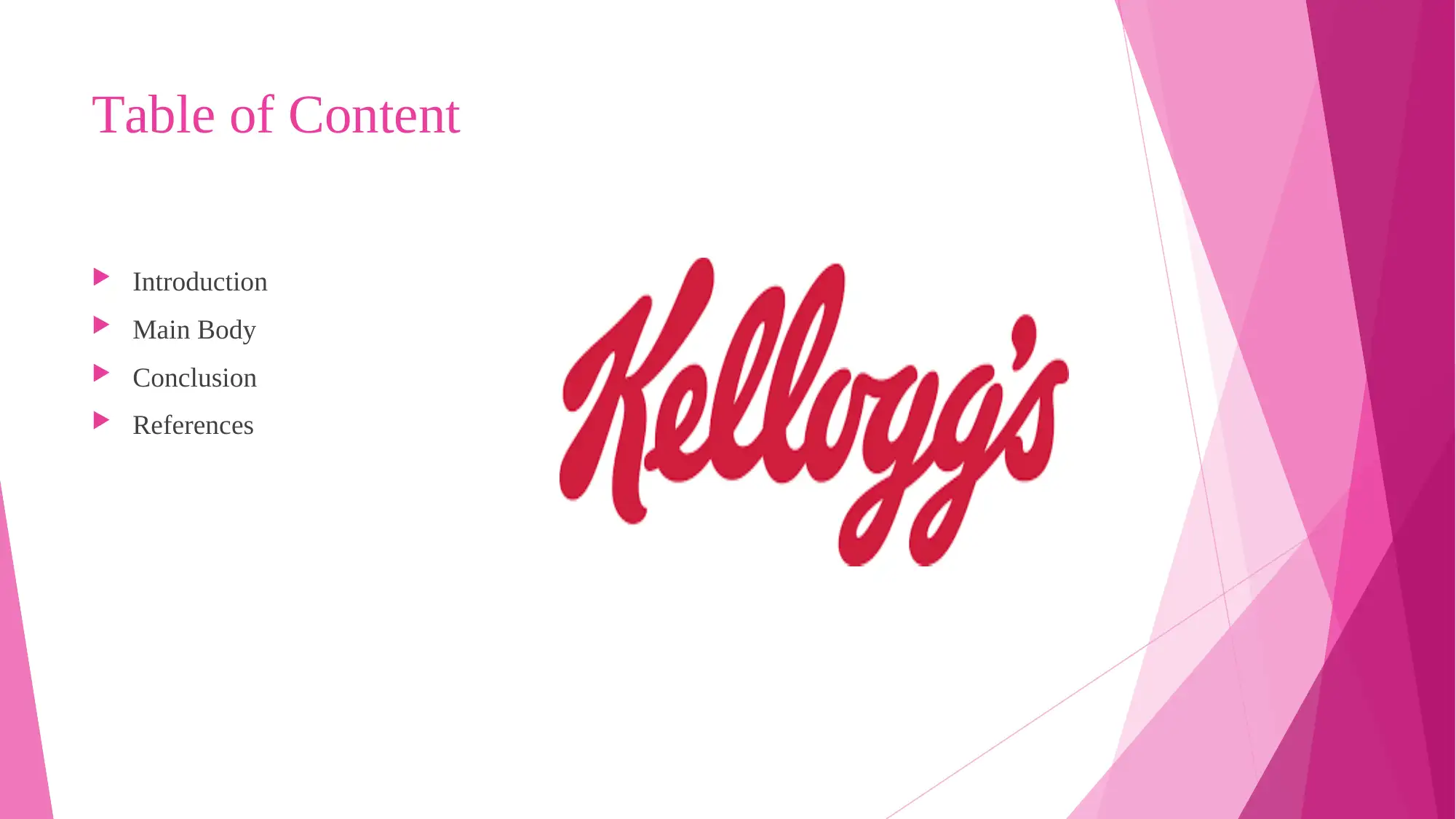
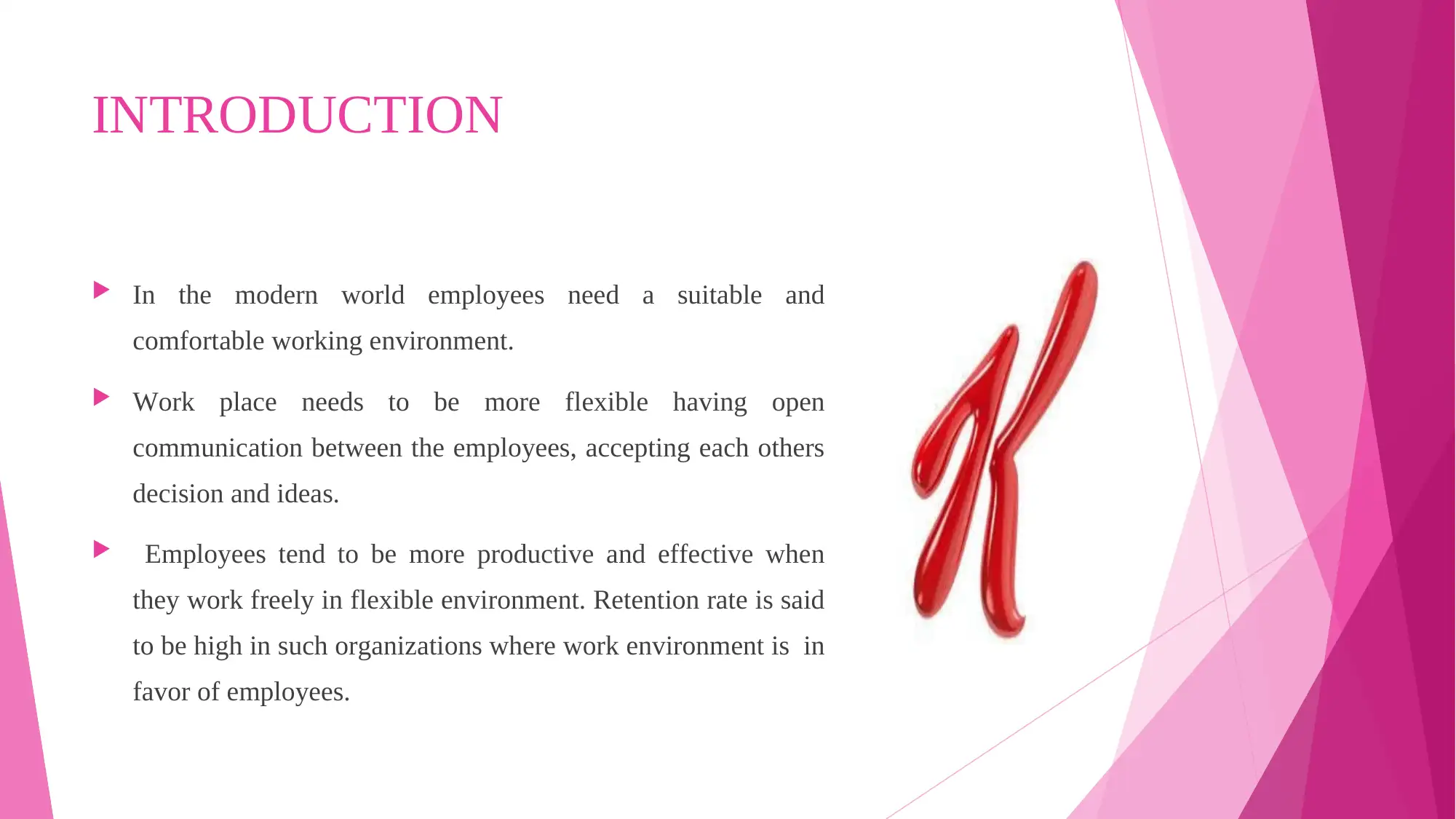

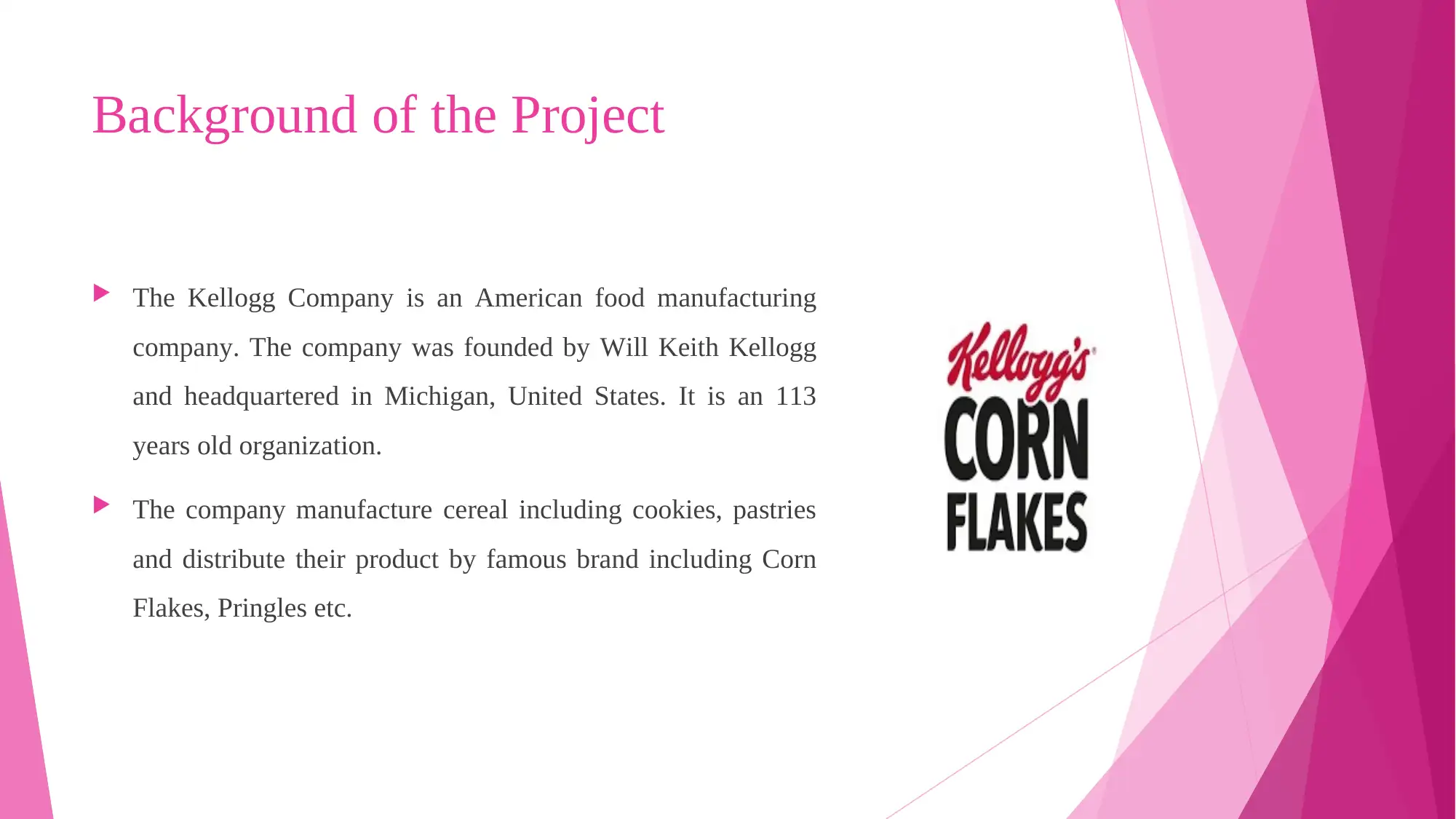
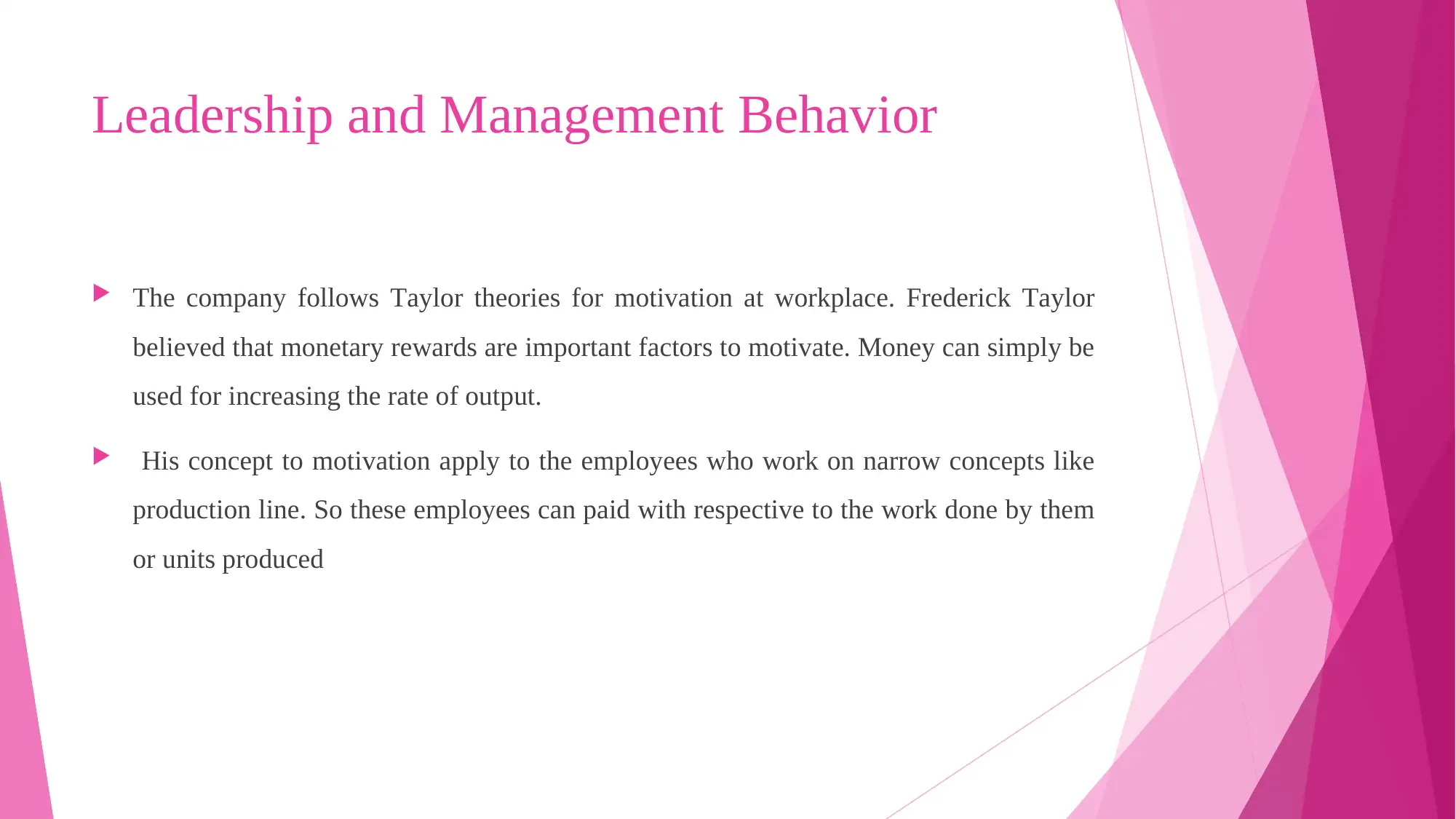
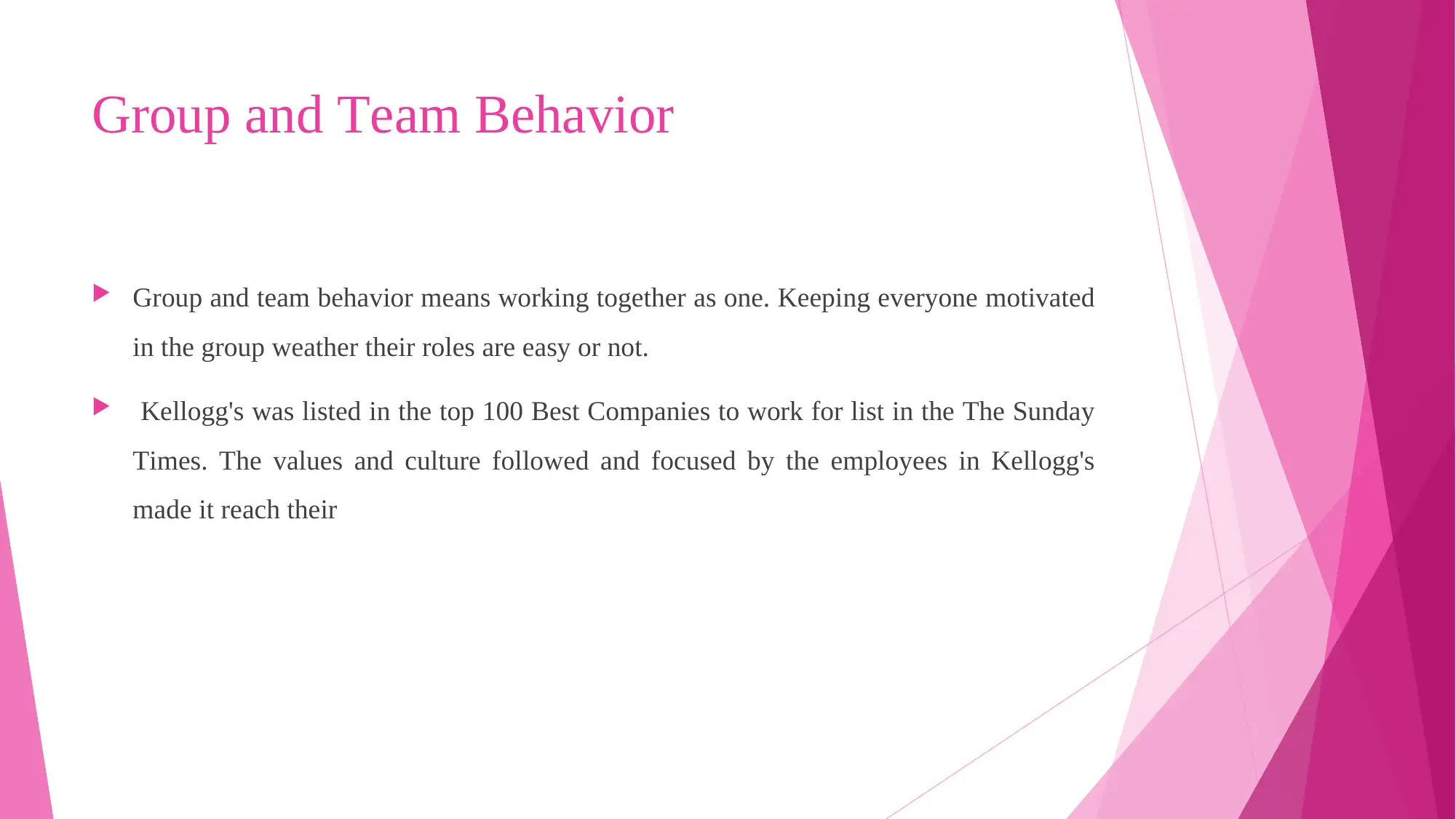
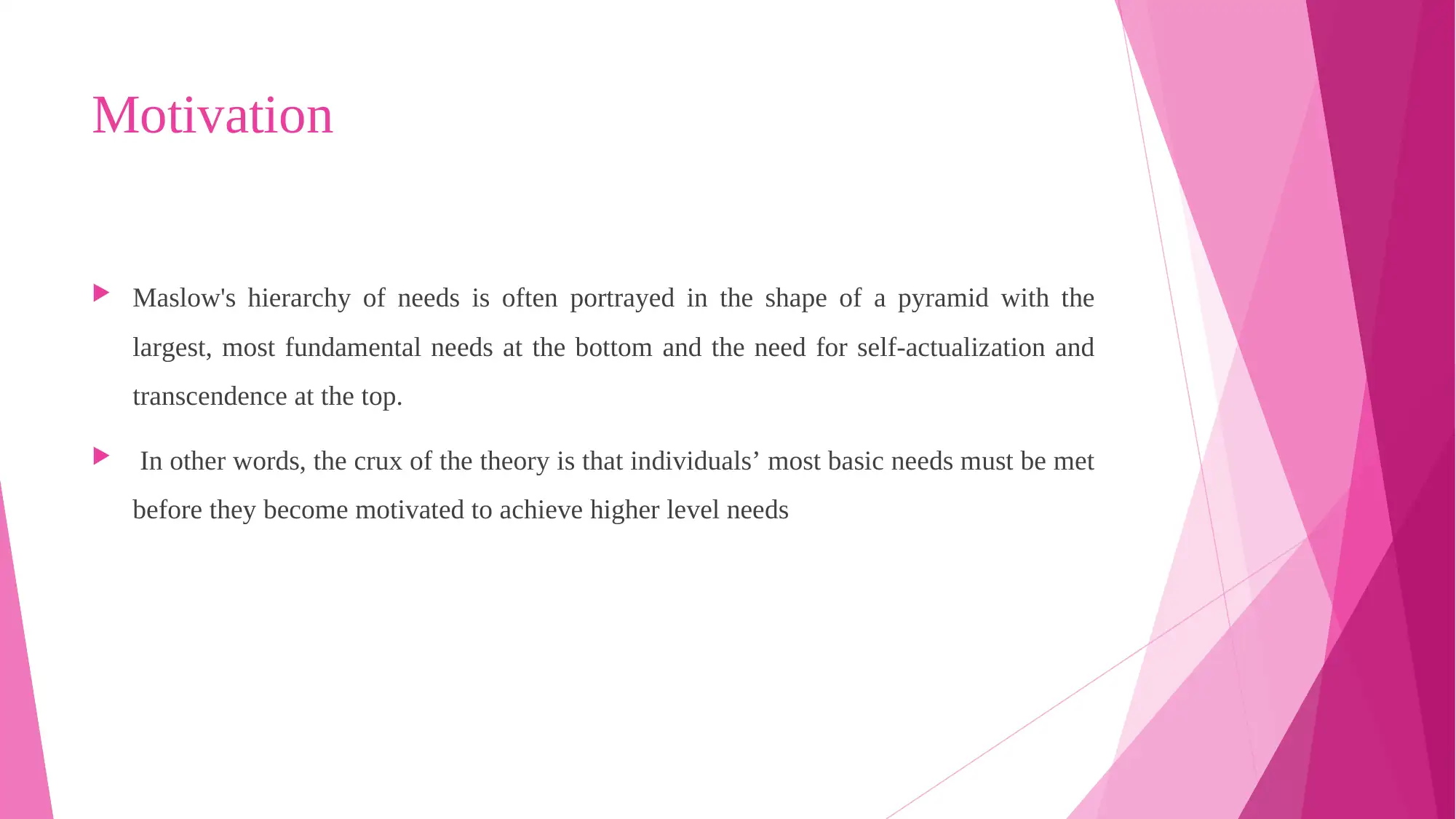
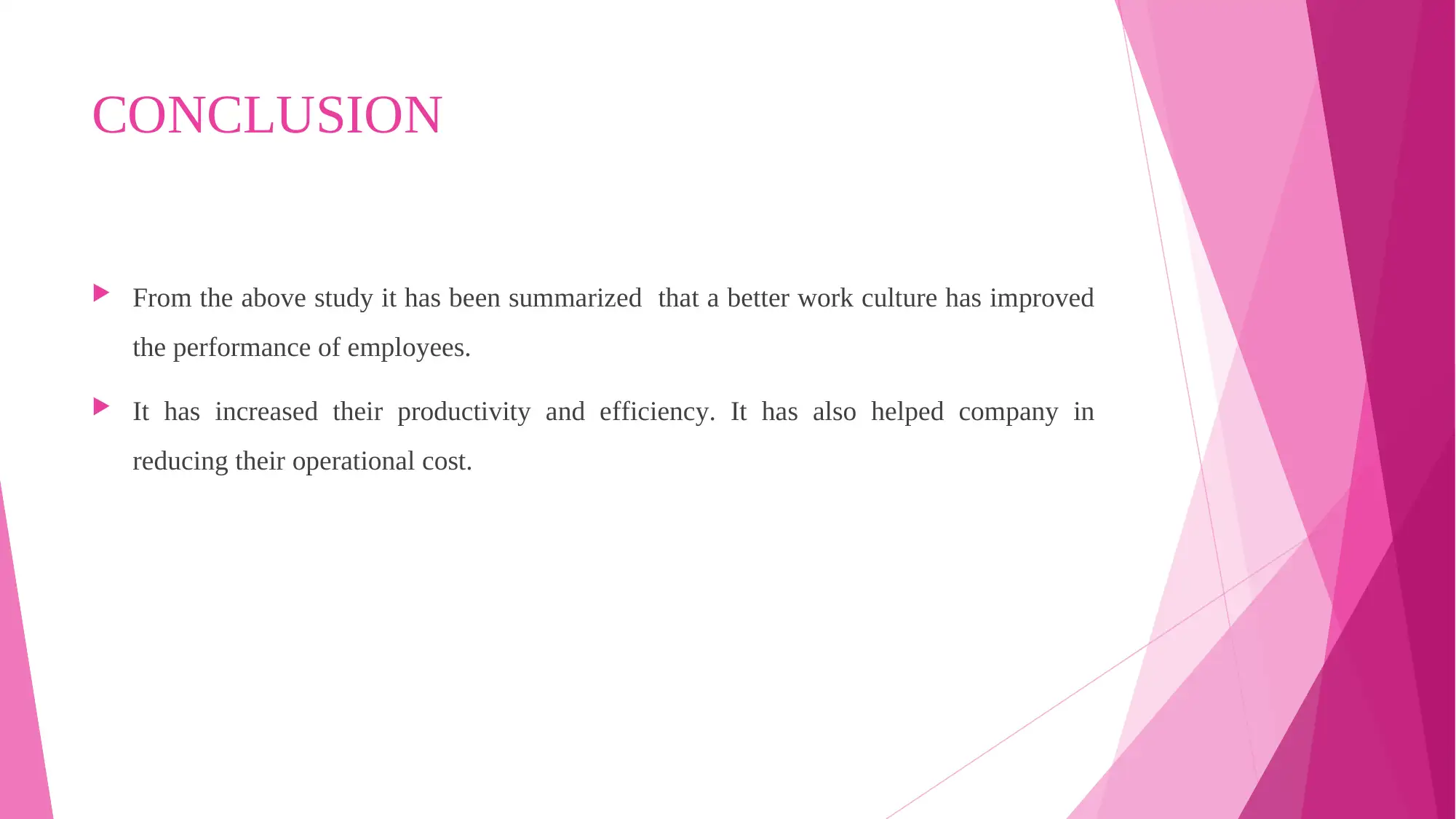
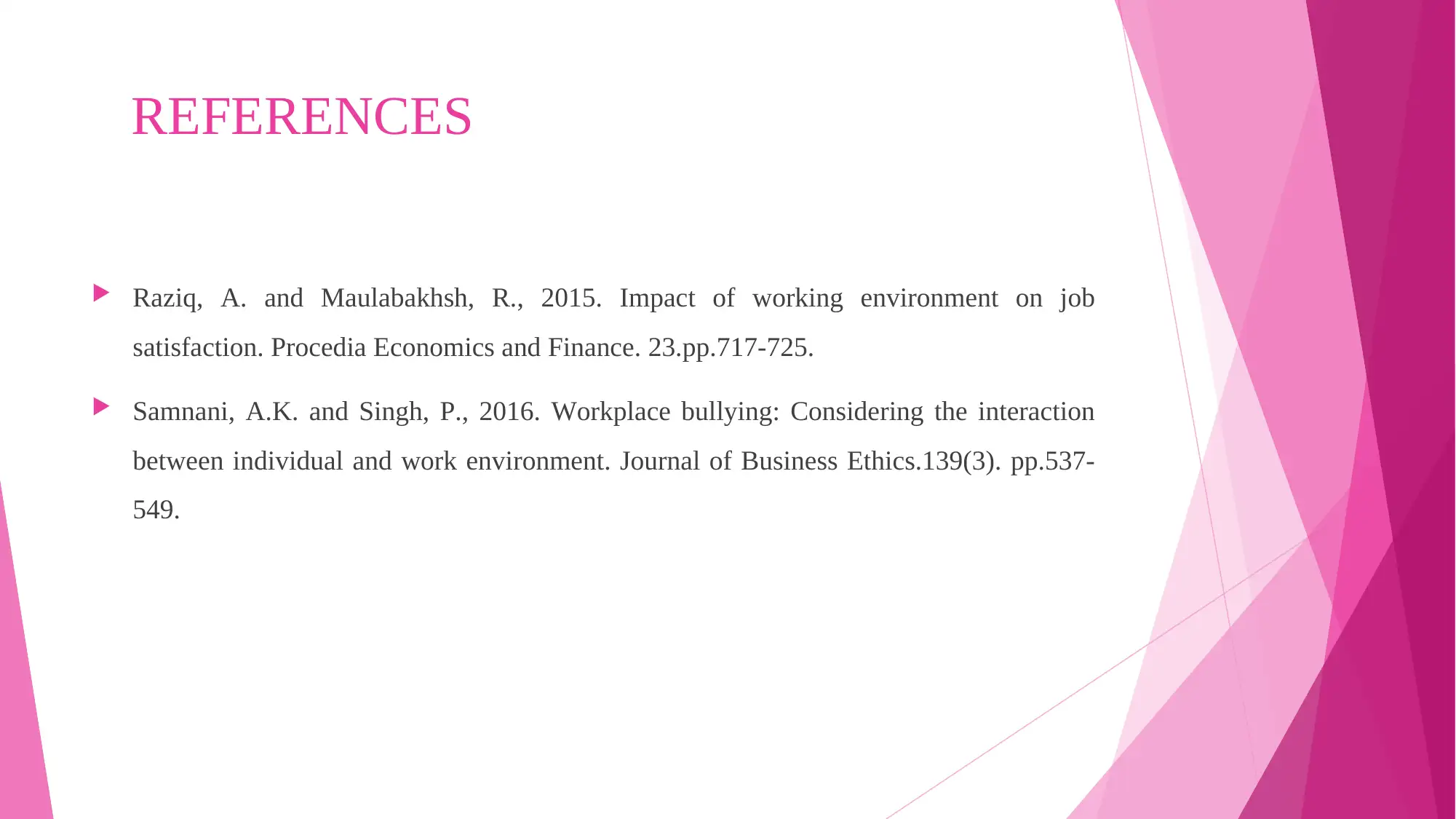







![[object Object]](/_next/static/media/star-bottom.7253800d.svg)